Table of content
Introduction
Bamboo shoots, a culinary delight enjoyed across various cultures, are known for their crisp texture and delicate flavor. They are a versatile ingredient that can be incorporated into a wide range of dishes, from stir-fries and soups to salads and pickles. However, maintaining their freshness over an extended period can be challenging due to their perishable nature. Fresh bamboo shoots are highly susceptible to spoilage caused by microbial growth, enzymatic activity, and physical damage. Therefore, effective preservation techniques are crucial to retain their quality, texture, and nutritional value.
This article delves into the various methods available for preserving fresh bamboo shoots for long-term use. It explores traditional and modern techniques, highlighting their advantages and disadvantages. By understanding these methods, consumers and food processors can choose the most suitable approach to ensure that bamboo shoots remain fresh, nutritious, and delicious for months or even years.
Understanding the Perishability of Fresh Bamboo Shoots
Bamboo shoots are harvested from the underground stems of bamboo plants. They contain a high moisture content, making them highly susceptible to microbial growth and enzymatic browning. The presence of natural enzymes in bamboo shoots can cause them to discolor and soften rapidly if not properly preserved. Additionally, physical damage during harvest or handling can accelerate spoilage by providing entry points for microorganisms.
Temperature also plays a crucial role in the preservation of bamboo shoots. Warm temperatures accelerate the growth of microorganisms and enzymatic activity, leading to faster spoilage. Conversely, cold temperatures can slow down these processes, extending the shelf life of bamboo shoots. Therefore, temperature control is a fundamental aspect of preserving their freshness.
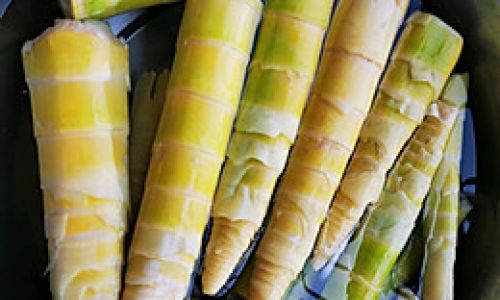
Traditional Preservation Methods
Over centuries, people have developed various traditional methods to preserve bamboo shoots. These methods rely on natural ingredients and simple techniques that are often culturally significant and passed down through generations.
Canning
Canning is a popular method of preserving bamboo shoots by sealing them in airtight containers and heating them to destroy microorganisms. This process creates an anaerobic environment that prevents the growth of bacteria and fungi. Canned bamboo shoots can be stored for several years at room temperature.
To can bamboo shoots, they are first cleaned, peeled, and sliced. They are then blanched in boiling water to inactivate enzymes and reduce microbial load. After blanching, the shoots are packed into clean, sterile cans and filled with a hot, acidic solution such as vinegar or brine. The cans are then sealed and heated to a high temperature in a pressure canner to ensure sterility.
While canning effectively extends the shelf life of bamboo shoots, it can also alter their texture and flavor slightly due to the heat processing. Additionally, the use of acidic solutions may not be suitable for all culinary applications.
Pickling
Pickling involves preserving bamboo shoots in a vinegar-based solution. This method not only extends their shelf life but also adds a tangy flavor that is popular in many cuisines. Pickled bamboo shoots can be stored in the refrigerator for several months.
To pickle bamboo shoots, they are cleaned, peeled, and sliced. They are then blanched in boiling water and immersed in a vinegar solution containing salt, sugar, and spices. The solution is poured over the shoots in a clean, sterile jar, and the jar is sealed tightly. The pickled shoots are allowed to ferment for a few days before being refrigerated.
Pickling is a simple and effective method that preserves the texture and flavor of bamboo shoots well. However, it requires refrigeration to maintain optimal freshness, limiting its use in areas with unreliable power supply.
Drying
Drying bamboo shoots involves removing moisture through air or heat, which inhibits microbial growth and enzymatic activity. Dried bamboo shoots can be stored at room temperature for several months to a year.
To dry bamboo shoots, they are cleaned, peeled, and sliced into thin strips. They are then blanched in boiling water to inactivate enzymes and soften the fiber. After blanching, the shoots are spread out on drying racks or trays and exposed to sunlight or heat from a dryer. The drying process can take several days, depending on the method and environmental conditions.
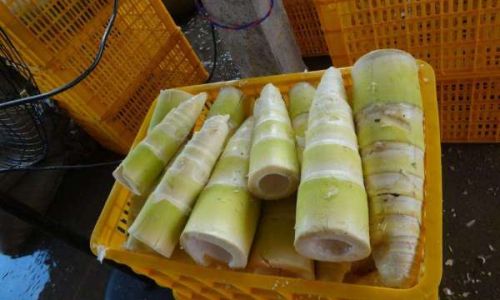
Dried bamboo shoots have a concentrated flavor and chewy texture that is unique and prized in many cuisines. However, they require rehydration before use, which can affect their texture and cooking time.
Freezing
Freezing is a straightforward method of preserving bamboo shoots by lowering their temperature to below the freezing point of water, which inhibits microbial growth and slows down enzymatic activity. Frozen bamboo shoots can be stored for several months to a year.
To freeze bamboo shoots, they are cleaned, peeled, and sliced. They are then blanched in boiling water to inactivate enzymes and reduce microbial load. After blanching, the shoots are cooled in ice water to stop the cooking process and then drained. They are placed in freezer-safe bags or containers and stored in the freezer.
Freezing is a convenient method that retains the texture and flavor of bamboo shoots well. However, it requires a reliable freezer and can lead to freezer burn if not properly packaged.
Modern Preservation Techniques
In recent years, advancements in food technology have led to the development of new preservation methods for bamboo shoots. These modern techniques offer improved shelf life, texture retention, and convenience.
Modified Atmosphere Packaging (MAP)
MAP involves sealing bamboo shoots in packages with a controlled atmosphere of gases, such as nitrogen, carbon dioxide, and oxygen, to inhibit microbial growth and slow down enzymatic activity. This method can extend the shelf life of fresh bamboo shoots by several days to a week under refrigerated conditions.
MAP is a relatively simple and cost-effective method that retains the texture and flavor of bamboo shoots well. However, it requires specialized packaging equipment and refrigerated storage to maintain optimal freshness.
Vacuum Packaging
Vacuum packaging involves removing oxygen from the packaging to create an anaerobic environment that inhibits microbial growth. This method can extend the shelf life of fresh bamboo shoots by several days to a week under refrigerated conditions.
Vacuum packaging is a straightforward method that preserves the texture and flavor of bamboo shoots. However, it requires specialized equipment and refrigerated storage to maintain optimal freshness. Additionally, the lack of oxygen can cause off-flavors and discoloration if the packaging is not properly sealed.
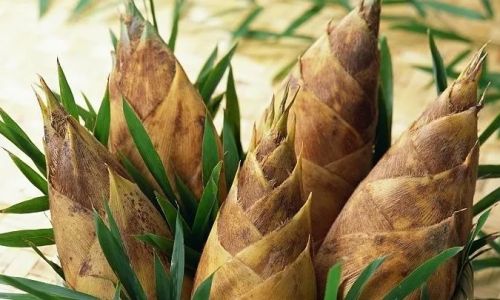
High-Pressure Processing (HPP)
HPP involves subjecting bamboo shoots to high pressures (typically between 400 and 600 MPa) to inactivate microorganisms without significantly affecting their texture, flavor, or nutritional value. This method can extend the shelf life of fresh bamboo shoots by several weeks under refrigerated conditions.
HPP is a relatively new and innovative method that retains the quality of bamboo shoots well. However, it requires specialized equipment and can be costly. Additionally, the high pressures can cause some changes in the texture and flavor of the shoots, although these are generally minimal.
Irradiation
Irradiation involves exposing bamboo shoots to ionizing radiation to inactivate microorganisms. This method can extend the shelf life of fresh bamboo shoots by several weeks to months under refrigerated conditions.
Irradiation is an effective method that preserves the texture and flavor of bamboo shoots well. However, it has faced public concerns regarding safety and potential health risks, despite being approved by various regulatory agencies. Additionally, irradiation can cause off-flavors and discoloration in some foods.
Conclusion
Preserving the freshness of bamboo shoots for extended periods requires a combination of effective preservation techniques and proper handling practices. Traditional methods such as canning, pickling, drying, and freezing have been used for centuries and offer simple, cost-effective solutions. Modern techniques such as modified atmosphere packaging, vacuum packaging, high-pressure processing, and irradiation offer improved shelf life, texture retention, and convenience but may require specialized equipment and can be costly.
Ultimately, the choice of preservation method depends on the specific needs and resources available. Consumers and food processors should consider factors such as cost, shelf life, texture, flavor, and safety when selecting a preservation method for bamboo shoots. By understanding and applying these methods correctly, they can ensure that bamboo shoots remain a delicious and nutritious addition to their culinary repertoire for months or even years.
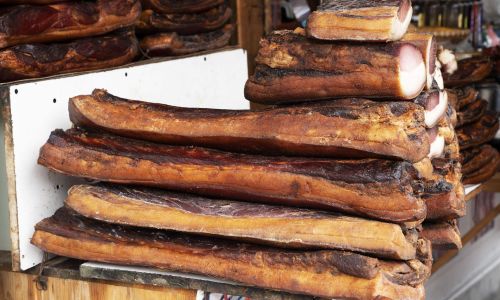
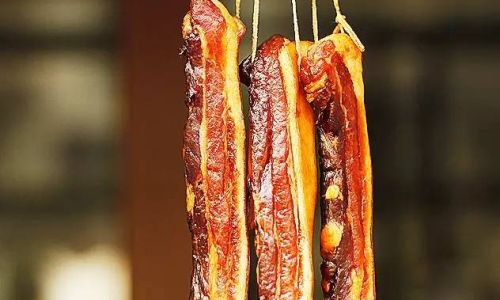
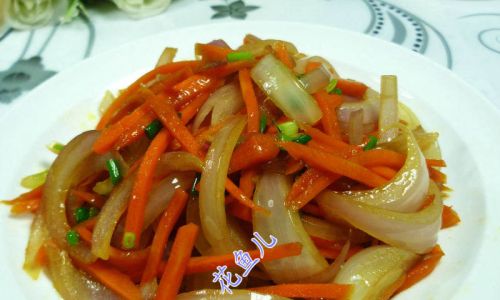
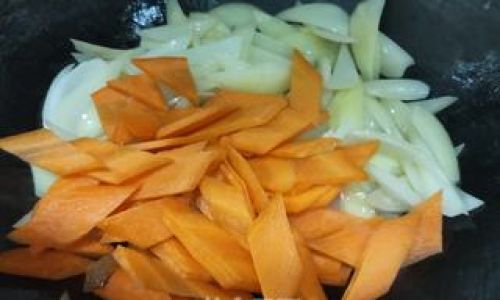
0 comments